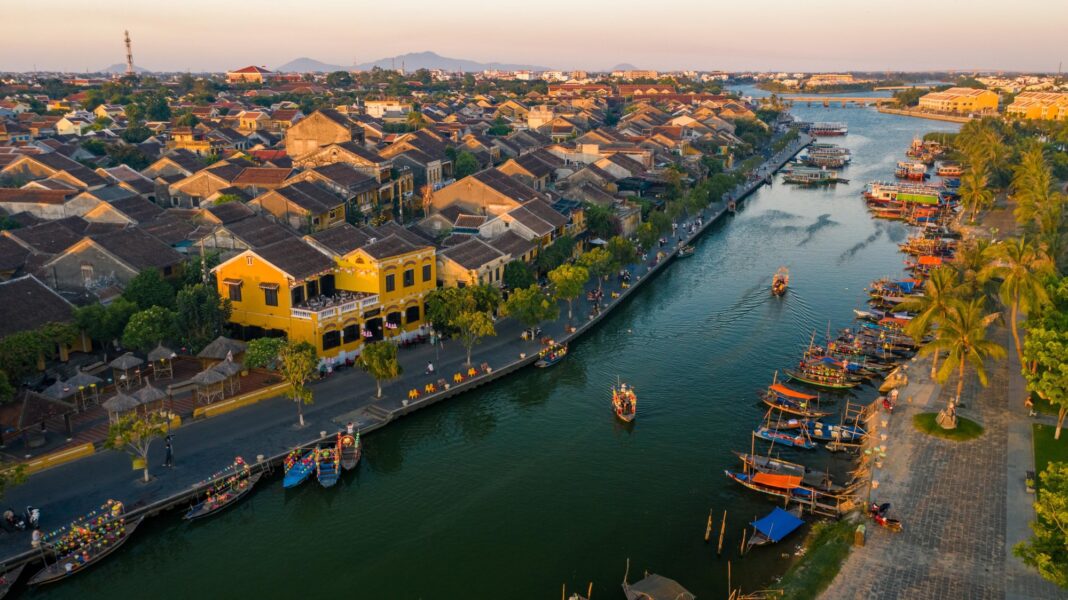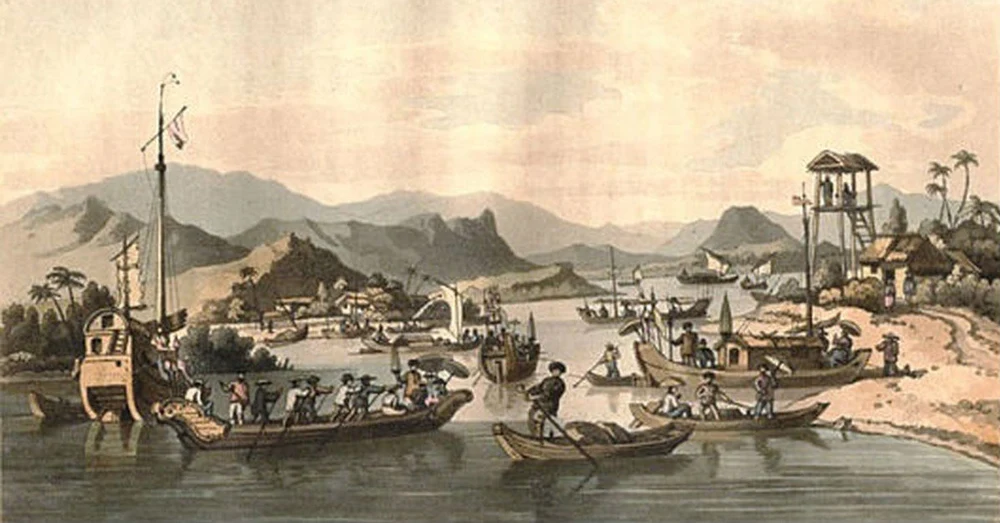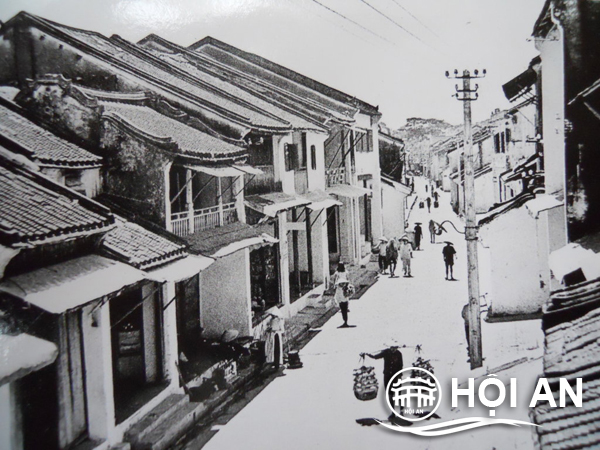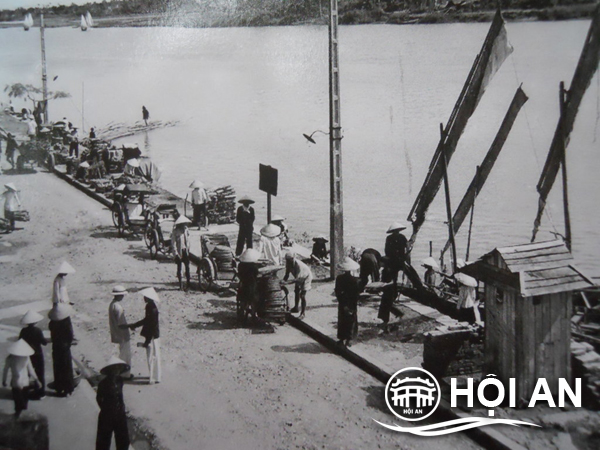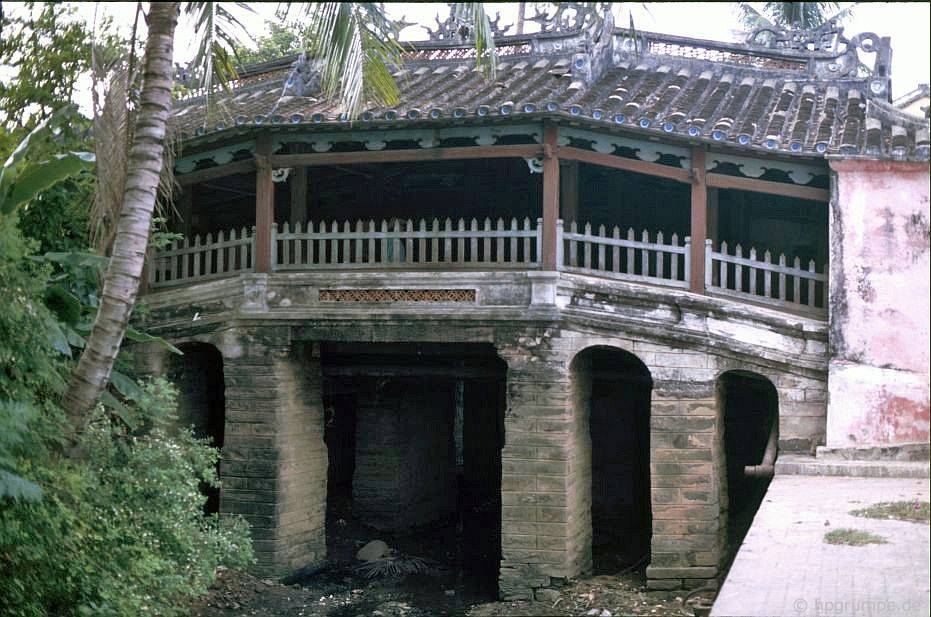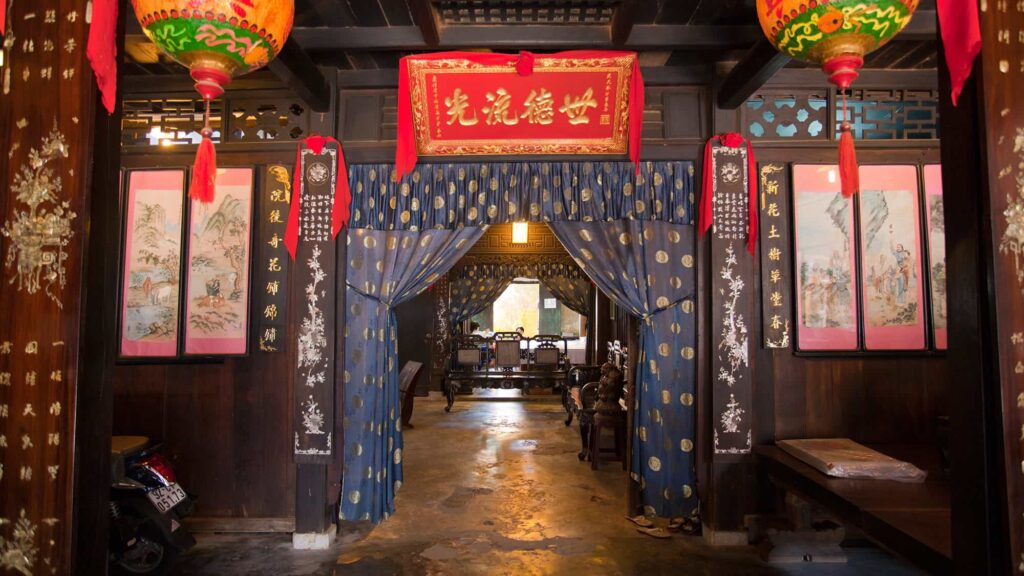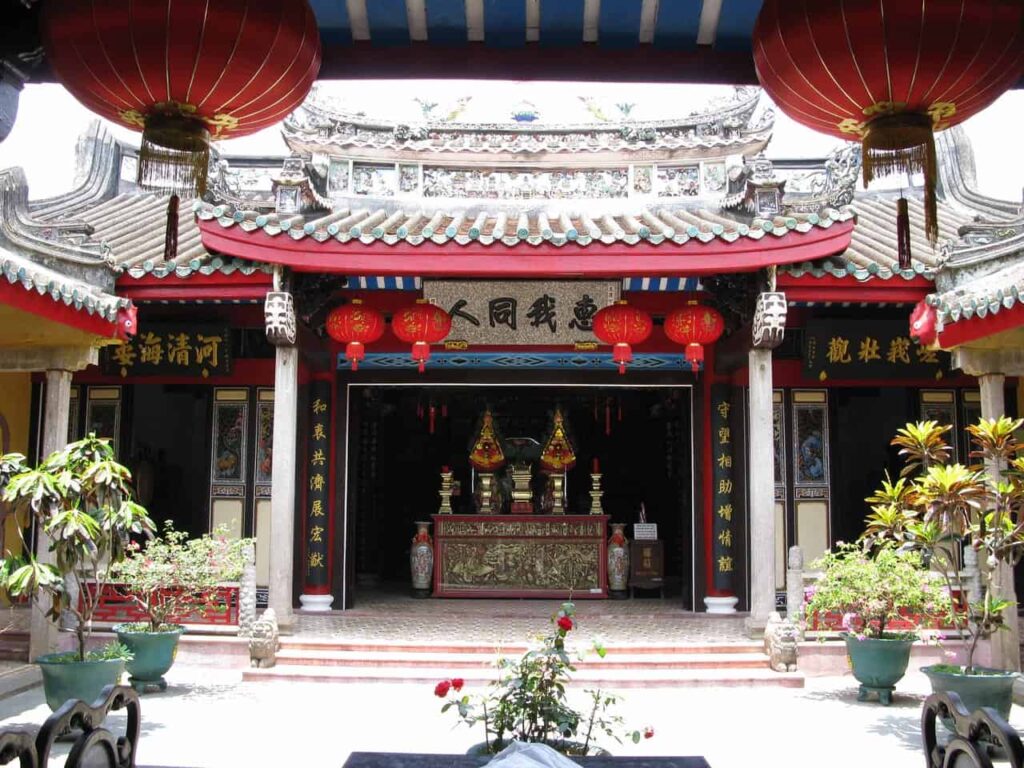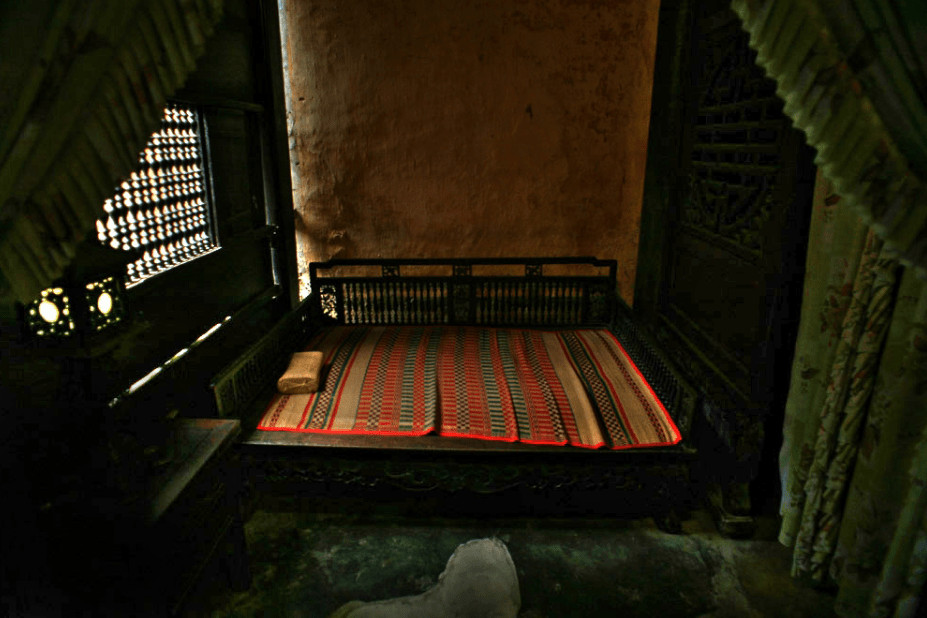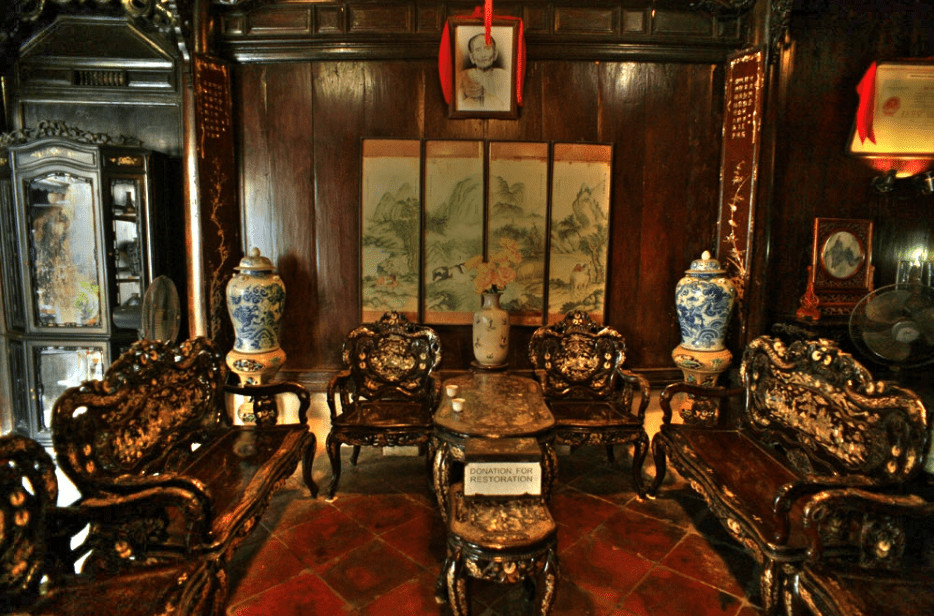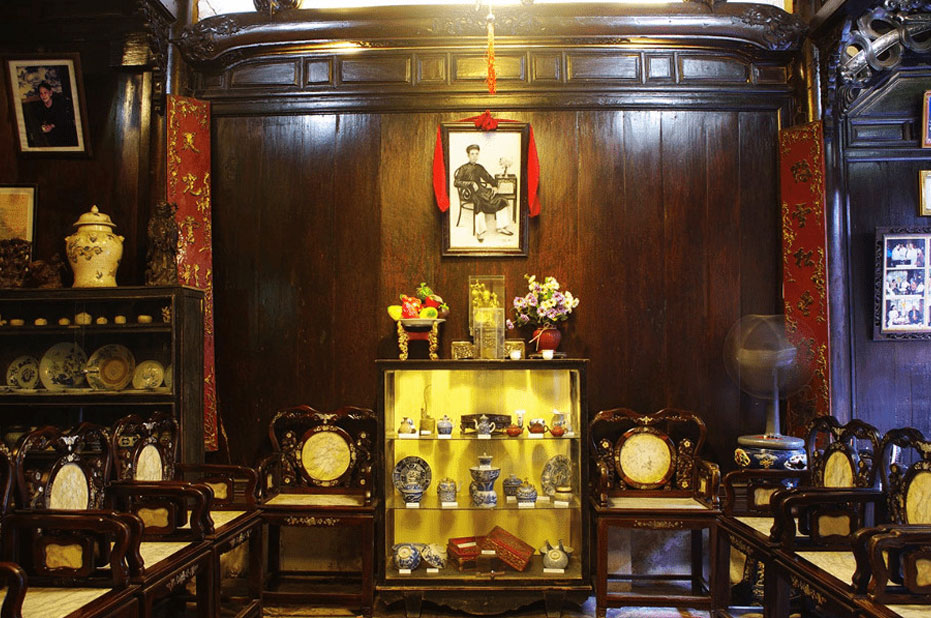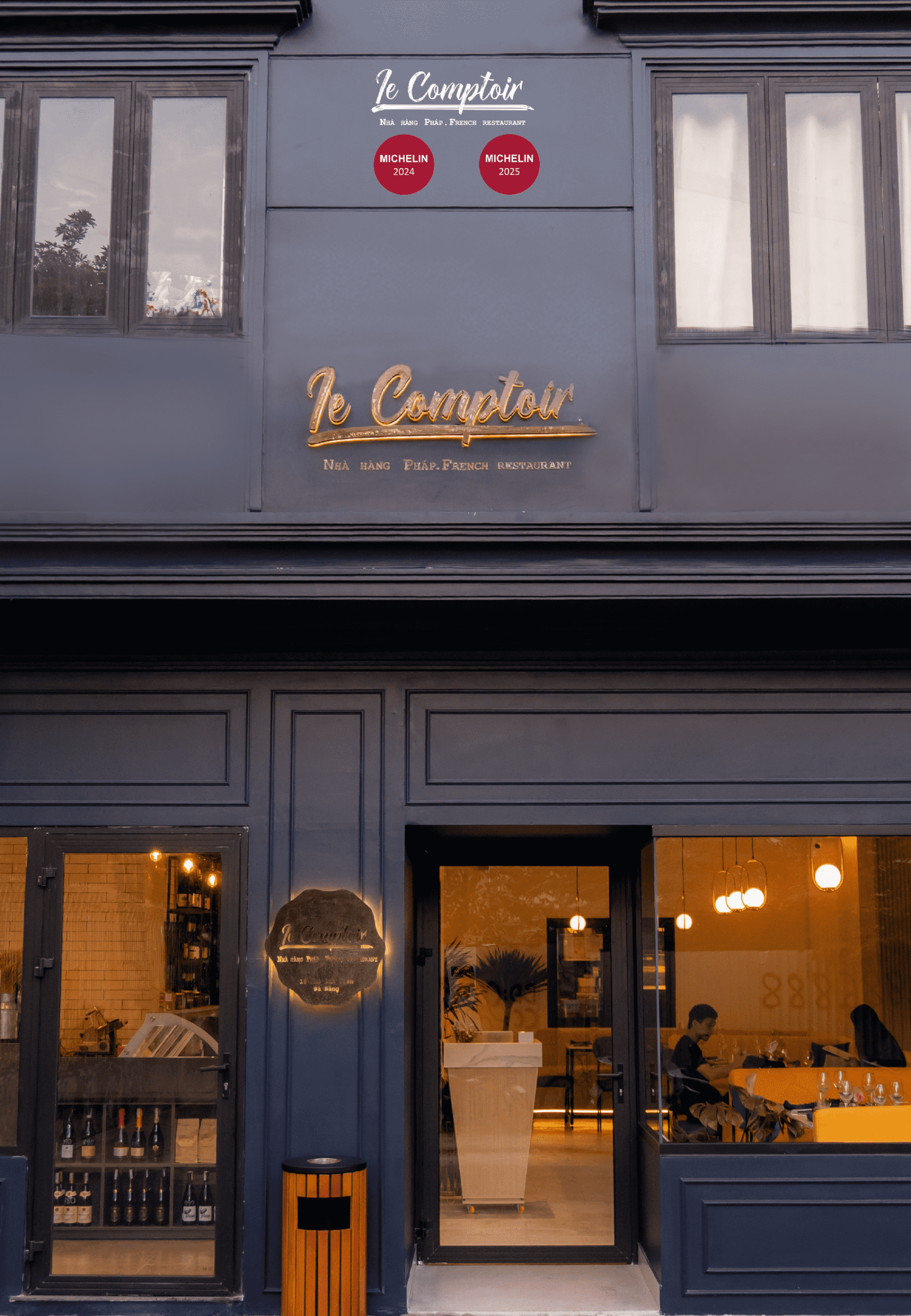Visitors may not consider it unusual when discussing the “heritage road” that runs from Quang Binh through Hue to Da Nang and Hoi An when discussing tourism in Central Vietnam. Hoi An, also known as the Hoi An Ancient Town, has harbored, developed, and conserved Vietnamese culture from ancient to the present. And Hoi An Port was the biggest port in Vietnam in the 19th century, a venue for commerce exchanges with many other countries, before the construction of Tien Sa Port – Da Nang.
About the name – Hoi An
In the past, Hoi An was called Faifo by Europeans, which means “a trading town/port” However, this is not an official name; it is only used to refer to Europeans who travel to this area to trade and conduct business. Hoai Pho, however, was undoubtedly Hoi An’s original name.
Previous to that, Minh Huong village was created close to Hoi An during the administration of Lord Nguyen – Nguyen Phuc Lan. Hoi An town was formerly made up of six villages, namely Hoi An, Minh Huong, Co Trai, Dong An, Diem Ho, and Hoa Pho. Hoi An village, which is one of those 6 settlements, is more significant than the other 5 villages.
People may have given land the name Hoi An when this land was combined.
History of Hoi An
Hoi An was established in the second half of the 16th century, during the Le Dynasty, and started the most profitable era in the history of this commercial port hundreds of years later. With the existence of several cultures and is still very much untouched today.
Hoi An used to be a thriving and active international trading port, a meeting site for merchant ships and merchants from China, Japan, and Western nations, because of advantageous geographic and climate features. Throughout the 17th and 18th centuries, it remained. Hoi An had remains of the Cham Pa trading port and was well-known for the Silk Road on the sea previous to this time.
After Mac Dang Dung won the Le Dynasty throne in 1527, the Dong Kinh area came completely under the control of the Mac Dynasty, and the history of the historic city of Hoi An started. In 1533, Nguyen Kim collected his soldiers to battle the Mac in the Le’s name. Trinh Kiem, Nguyen Kim’s son-in-law, assumed control of the family after his death. Nguyen Kim’s second son, Nguyen Hoang, didn’t return the soldiers and family to the historic Thuan Hoa until 1558.
After 1570, Nguyen Hoang retained control over the right to protect Quang Nam, and he and his son Nguyen Phuc Nguyen constructed a castle with a focus on the economic growth of Dang Trong and commercial expansion with other nations. Hoi An has since established itself as Southeast Asia’s principal commercial port. Hoi An is still a bustling harbor with rows of Japanese roads, Chinese sidewalks, and more despite having seen numerous ups and downs due to historical events, such as the time of Trinh Nguyen’s battle. Hoi An was also destroyed after Trinh Lord conquered Quang Nam, leaving only religious structures standing. Hoi An was only resurrected five years later, although the commercial activity has changed.
By accidentally destroying all remains of the Japanese area, the Chinese and Vietnamese recreated the city from the ashes using their own architectural styles. Due to the Nguyen Dynasty’s execution of the restricted policy, which limited trade with outside nations, Dong Kinh Port gradually lost its prominence. By the year 1976 of the 20th century, the province of Quang Nam-Da Nang had been founded, Da Nang had begun to develop, and Hoi An had vanished. It wasn’t until 1980 that academics in Vietnam and other nations started to pay attention to it. To attract tourists, Hoi An was included on the list of “World Cultural Heritage” in 1999, and it continues to be well-known today.
History marks in Hoi An
1. Chua Cau (Japanese Bridge)
It is compared to a brilliant pearl in Hoi An’s center. Late in the 16th century, work was begun on the Hoi An Japanese Bridge. Chua Cau, which crosses the picturesque Hoai River and is situated in the center of Hoi An’s ancient town, is deserving of the name “a location you cannot miss” when visiting Hoi An. The pagoda’s distinctive wooden roof, which is embellished with designs from “the land of cherry blossoms,” is what makes it famous. This structure is also referred to as the Japanese bridge. With these distinctive features, Covered Bridge has developed as an essential tourism icon for Hoi An.
2. Phung Hung Ancient House
This old house is over a century old and was constructed in the 19th century. The home’s previous owner was a well-known, wealthy merchant who chose the name “Phung Hung” in order for his family to succeed constantly. Using the distinctive architecture of three cultures: The house has typical Asian features, such as tall wooden slats in the attic and a wide hallway encircling it from Japan to China to Vietnam.
3. Assembly Hall of the Chaozhou Chinese Congregation
One of the oldest pieces of architecture in Hoi An’s historic town goes by the name Ong Bon Pagoda. The Trieu Chau Assembly Hall, which has a distinctive architectural design, astounds visitors with its incredibly advanced architectural lines and sharp textures on strong wooden structures. For instance, the technique of impressed designs in pottery and china is also used to produce a distinctive characteristic that increases the beauty and gives the work an artistic feel.
4. Tan Ky Ancient House
Tan Ky ancient house is a unique architectural design combining three cultures: China-Japan-Vietnam built 200 years ago. The Le family used to live here, and the house has several uses, including a front for trading and a back for importing products. Tan Ky Ancient House was selected as the only location in Hoi An to welcome domestic and foreign heads of state to visit since it is one of the old houses recognized as a national cultural heritage.
Photo source: Diễn đàn thanh niên, Hoi An Heritage, Asianwaytravel, Vietnamdiscovery





